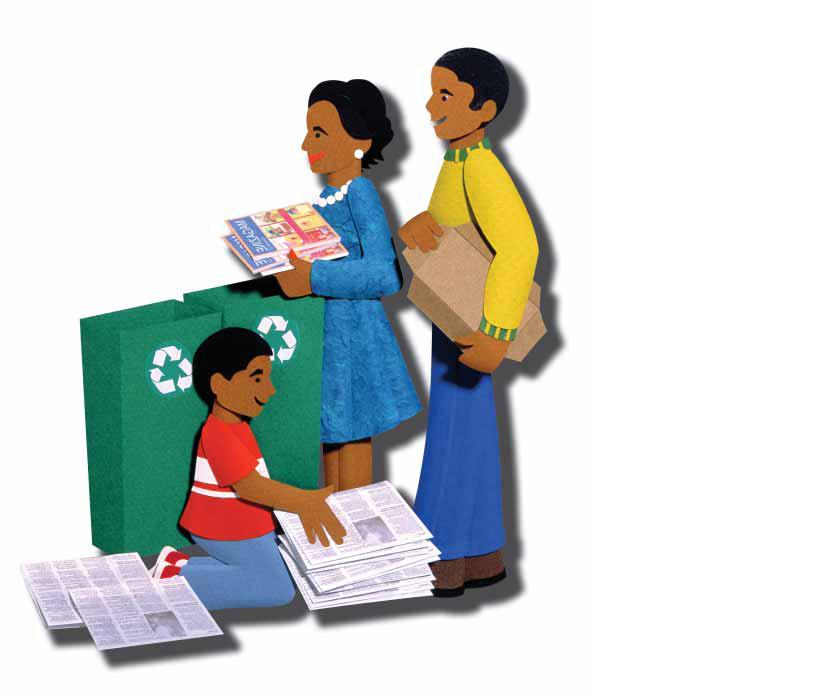Intresting facts to be known

- The world’s first paper was made from recycled material. Around A.D.105, a Chinese court official used recovered rags and old fishing nets to create the first paper.
- A French scientist got the idea of making paper from wood fiber while observing wasps building their nests
- Your recycling bin may contain products that have already been recycled. Recovered fiber goes into many of the products we use every day, including cereal boxes, newspaper, notebook paper, and cardboard containers
- Today, more than 50 percent of the paper consumed in the U.S. is being recovered for recycling. That works out to 342 pounds for every man, woman, and child in the U.S
- Recognizing that recycling is good for our environment, the India paper industry wants to boost the recovery rate of paper. You can help!
- India produces 14.6 million tonnes of waste paper every year out of which only 26% recovered
RECYCLED FIBER FACTS:
Compared to virgin paper, Recycled Paper:
- Reduces demand on forests
- Uses less total energy
- Produces fewer toxic releases
- Uses less bleach
- Saves water
- Reduces waste that otherwise must be landfilled or incinerated
- Has a fiber efficiency rate of more than 70%, compared to 23-45% for virgin papers
The bottom line:
Multiple life-cycle analyses clearly show that recycled paper is better for the environment, even when accounting for transportation.
[back to top]
Advantages
For every tonne of paper used for recycling the savings are:
- at least 30,000litres of water
- 3000 - 4000 KWh electricity (enough for an average 3 bedroom house for one year)
- 95% of air pollution.
Energyconservation
60-70% energy savings over virgin paper production
Resource Conservation
Recycled paper uses 55% less water and helps preserve our forests
Pollution Reduction
Recycled paper reduces water pollution by 35%, reduces air pollution by 74%, and eliminates many toxic pollutats
Livelihood Creation
Recycling of waste paper creates more jobs
[back to top]